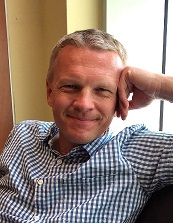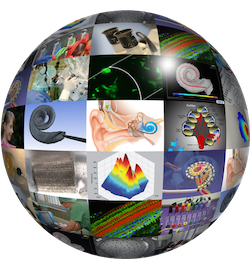Nanoporous Materials - Synthesis and Application
Ordered, nanoporous materials possess unique properties that make them interesting for a large variety of applications, including as gas sensors, electrode materials, or magnetic devices. Their synthesis is typically accomplished by utilization of porogenic supramolecular entities or by the so-called nanocasting method. In the latter approach the pores of a solid structure matrix (e.g. silica) are filled with a precursor compound for the desired product (e.g. sucrose for porous carbon or metal nitrates for metal oxides), which is then converted in-situ, followed by selective removal of the matrix. As a result, mesoporous materials with uniform pores (few nanometers) and large surface-to-volume ratios (few hundred m2/g) are obtained. The tutorial lecture will introduce the general methods of synthesis and standard characterization techniques. In addition, the presentation will cover some examples, such as porous carbon materials as sorbents or electrodes in battery devices, porous metal oxides as gas/humidity sensors, and magnetic materials with interesting nanostructure-related properties.
Prof. Dr. M. Tiemann

- 1991-1997: studies of Chemistry (Dipl.-Chem.) at University of Hamburg
- 2001: PhD (summa cum laude) at University of Hamburg (Inorganic Chemistry; supervisor: Prof. Michael Fröba)
- 2001-2002: post-doc at Åbo Akademi University in Turku, Finland (Physical Chemistry; group of Prof. Mika Lindén)
- 2002-2009: group leader at University of Giessen
- 2009 habilitation/venia legendi
- 2008-2009 Adjunct Professor (Lehrstuhlvertretung) of Inorganic Chemistry
- since 2009: Professor of Inorganic Chemistry at University of Paderborn
- 2009-2014 Regular Tenured Professor (W2)
- since 2014 Full Professor (W3)
- (2014 call to Technical University of Clausthal; declined)
- Guest Professor at the Sino-German Technical Faculty (CDTF) at Qingdao University of Science and Technology (QUST) in Qingdao, China
 VIANNA
VIANNA 